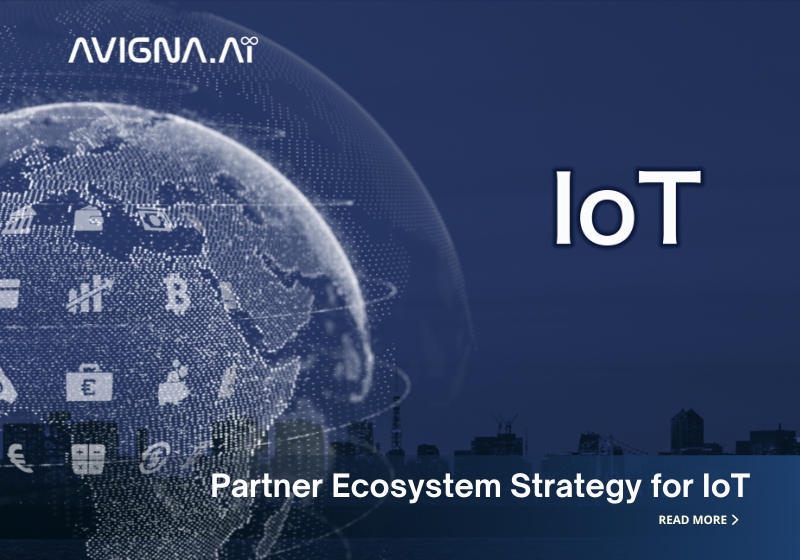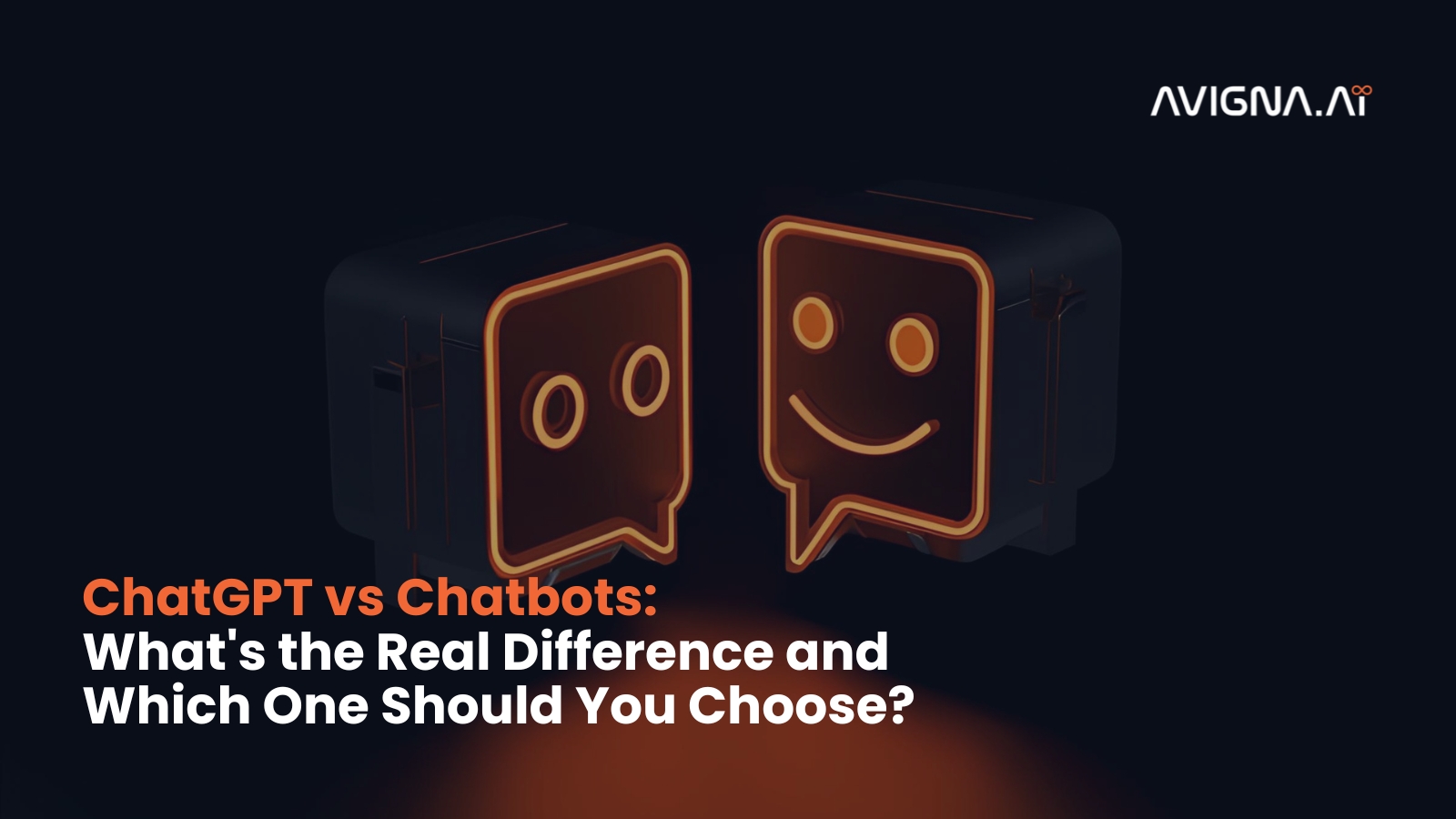The dynamic environment where our physical and digital worlds converge paves the way for innovation. To seize the opportunities before us, we must think beyond what we can do alone and focus on how teaming up can help us navigate this shift.
Yet, organizations need to expand their abilities to benefit from this advancement and provide benefits to clients fully. True success in IoT depends on weaving together diverse solutions through strategic partnerships – forming a robust ecosystem. Join me as I explore partner ecosystem strategy for IoT reality and the principles driving thriving partner ecosystems in this evolving field.
Preparing the market for the IoT Ecosystem
According to analysts, the growing connections between devices, known as the Internet of Things, will contribute approximately $11 trillion in added economic impact by the middle of the decade. Thus, establishment of partnerships requires careful planning, focus on mutual success, and a clear understanding of where your offerings fit within the broader IoT landscape.
Businesses considering partnering as an afterthought need help keeping pace in this dynamic environment. Early IoT pioneers have provided a blueprint for structuring fruitful IoT partner ecosystems. By analysing their approaches, companies can establish the right frameworks to accelerate IoT innovation through collaboration.
1. Defining Your IoT Value Proposition
Before establishing a partner ecosystem strategy for IoT, businesses must define clarity around their positioning and value proposition in the market. As IoT combines disparate components, companies play diverse roles, from hardware to connectivity, applications, analytics and more.
- Understanding your solutions’ unique abilities is vital to attracting partners and avoiding fragmented approaches. It enables promoting how your offerings enhance partners’ capabilities to deliver differentiated customer experiences.
- Ambiguity around positioning disrupts coordination across the ecosystem. For instance, a connectivity provider may need clarification on whether it sees itself primarily as an enabler of essential IoT functions or an experience creator may confuse partners.
- Partnerships thrive on mutual understanding of respective value contributions. Successful IoT companies provide laser-sharp clarity on their strengths to facilitate productive alignments.
2. Focus on Mutual Success
Beyond defining value propositions, an effective partner ecosystem strategy for IoT depends on establishing frameworks that align with goals. Strategic partnerships require a focus on mutual success over individual gains.
Early IoT leaders embed this philosophy in partner discussions from the outset. Their programs establish common objectives and language, balancing shared risks and rewards.
- For instance, incentive structures based on joint customer acquisitions foster collaborative mindsets.
- Review systems quantifying ecosystem-wide progress, not just direct sales, and reinforce long-term cooperation.
- Transparency in forecasts and roadmaps facilitates integrated planning growth.
Sustainable IoT ecosystem emerge from a shared commitment to the greater good of customers and industry progress. Such approaches reduce fears around asymmetrical dependencies hindering discussions. Partners view each other as strategic allies rather than transactional vendors. Their combined success opens avenues for innovation that could not be achieved alone.
3. Structuring Partner Programs Around Categories
Categorizing partner types establishes frameworks for scaling engagements. IoT programs commonly define Resellers, Solution Providers, Systems Integrators, and more based on customer access points and solution integration depth. Focusing recruitment on filling strategic gaps guides selection.
- For instance, a platform targeting manufacturing may prioritize machine sensor providers and SIs well-versed in factory integration.
- Clearly defined programs establish relationship models fitting partner operating styles and investments needed from both sides.
- Dedicated resources maintain customized touchpoints catering to specific partner contexts.
This structure maintains relevance while scaling globally. IoT platforms with thousands of certified developers worldwide organize them into standardized tracks tailored to roles in app creation, device integration, etc.
Standardized processes and materials educate partners efficiently on technical, commercial and promotional requirements. Resources vary based on partner tiers, but the bar for minimum capabilities remains consistent worldwide.
4. Promoting Ecosystem Value
Once established, effective promotion activates the network effect, multiplying partner capabilities.
- Joint marketing calendars optimize tradeshow investments showcasing integrated solutions.
- Co-branded collateral and press releases promote synergies with prospects.
- Leaders gamify promotions, awarding partners customer introductions for a registered joint pipeline.
- Integrated partner directories consolidate ecosystem offerings on a central IoT solutions marketplace.
- Automated deal registration systems apply first rights of refusal/refusal on leads to streamline handoffs.
- Advanced proprietary partner marketing clouds centralize these tools, increasing lead conversion.
Combined programs thus tell an impactful narrative – customers benefit most from choosing validated partners based on robust platforms. Companies are serious about IoT positioning themselves at the centre of enabling frictionless experience delivery across silos for customers.
5. Embracing Ongoing Innovation
While early collaboration frameworks prove wise, standing still risks missing IoT’s endless evolution.
- Ecosystem leaders must continually re-examine strategies against market shifts through stringent partner advisory boards.
- Representing all partner tiers, these boards provide an objective perspective invaluable to product refreshes.
- To address future demands, advisory input funds forward-thinking workshops are brainstorming emerging use cases and adjacencies.
Open partners contest crowdsource innovation by incentivizing the ecosystem to challenge roadmaps with submissions evaluated by advisory boards. Successful pilot programs then receive investments in scaling ideation across the network.
Such nimble, future-facing practices instil evolution as a continuous mindset within the IoT industry while avoiding hype cycle pitfalls. Companies resting on frameworks perfected for past IoT generations risk innovations overtaking them.
Thriving IoT leaders constantly reimagine partnership models, helping customers stay ahead of coming disruptions. Those that do will sustain relevance in the industry’s relentless progression towards fully connected experiences.
Get your free copy of this case study to learn more about how we implemented IIoT to achieve the results for a company based in the United States and maintains a significant global presence with operations in 2000 locations worldwide.
Partnering for Growth: Key Takeaways
In the evolving IoT landscape defined more by collaboration than silos, effective partner ecosystems determine winners from also-rans. While demanding strategic foresight and ongoing effort, the right frameworks delivering business value, customer success and mutual growth across solution portfolios pay dividends for pacesetters willing to reimagine the industry’s interactive future together.
Getting this right sets the stage for companies to capitalize on new possibilities as IoT ecosystem networks quantitatively and qualitatively transform more lives globally with each passing day. Those falling behind risk losing access to the ecosystem flywheel effect speeding ahead of the innovative vanguard. The choice is clear for businesses committed to sustaining relevance amongst IoT’s constant discontinuities.
Let’s build a connected world, together.
At Avigna, we extend a warm welcome to our partners to join our IoT partner ecosystem that opens the door to a world of benefits. From cutting-edge IoT technology to a global network of tech enthusiasts, you’ll have access to resources that empower your business.
Collaborate with us to accelerate innovation, expand your market reach, and stay competitive in the dynamic IoT landscape. Contact us. Follow us on LinkedIn.




